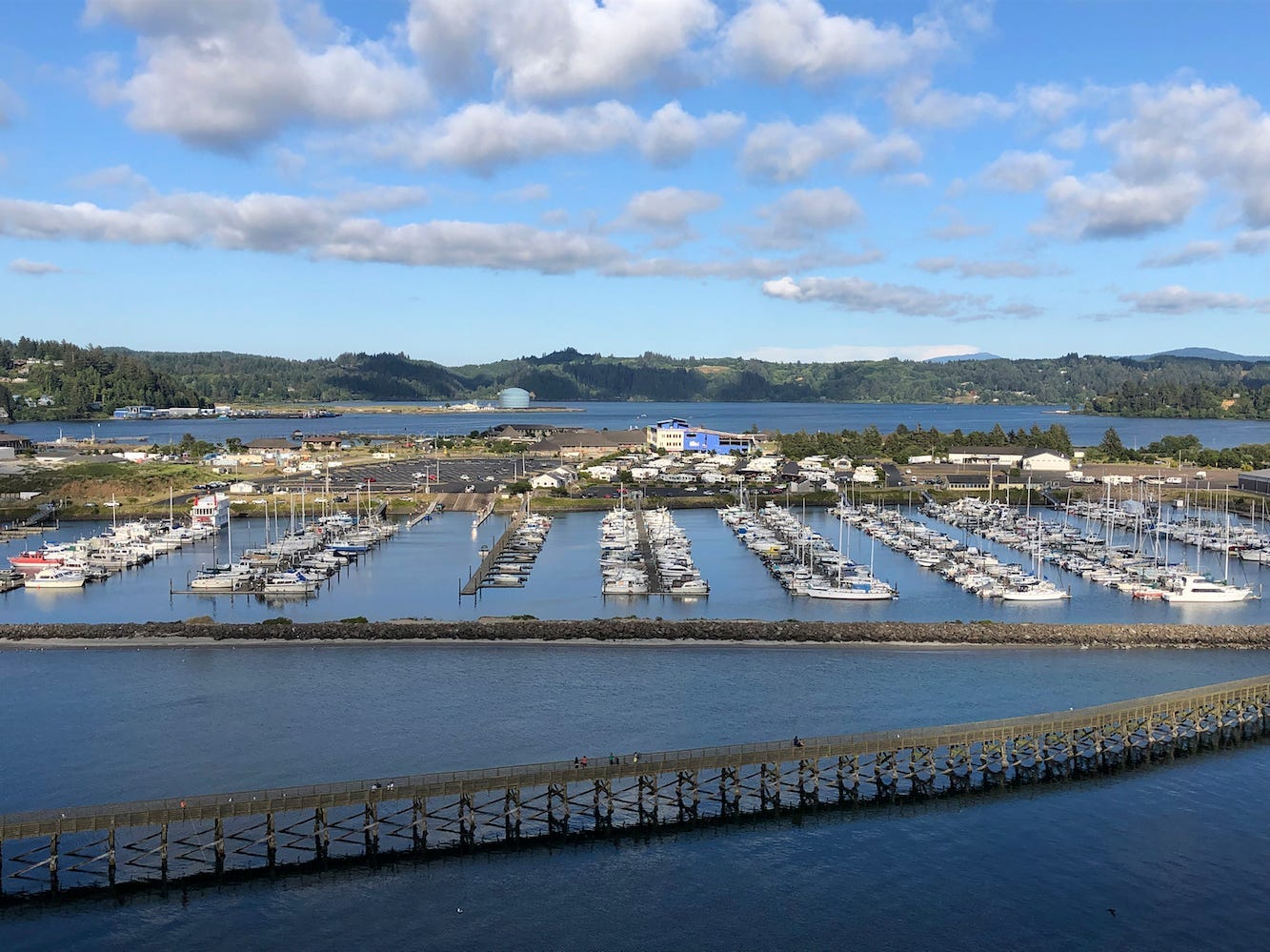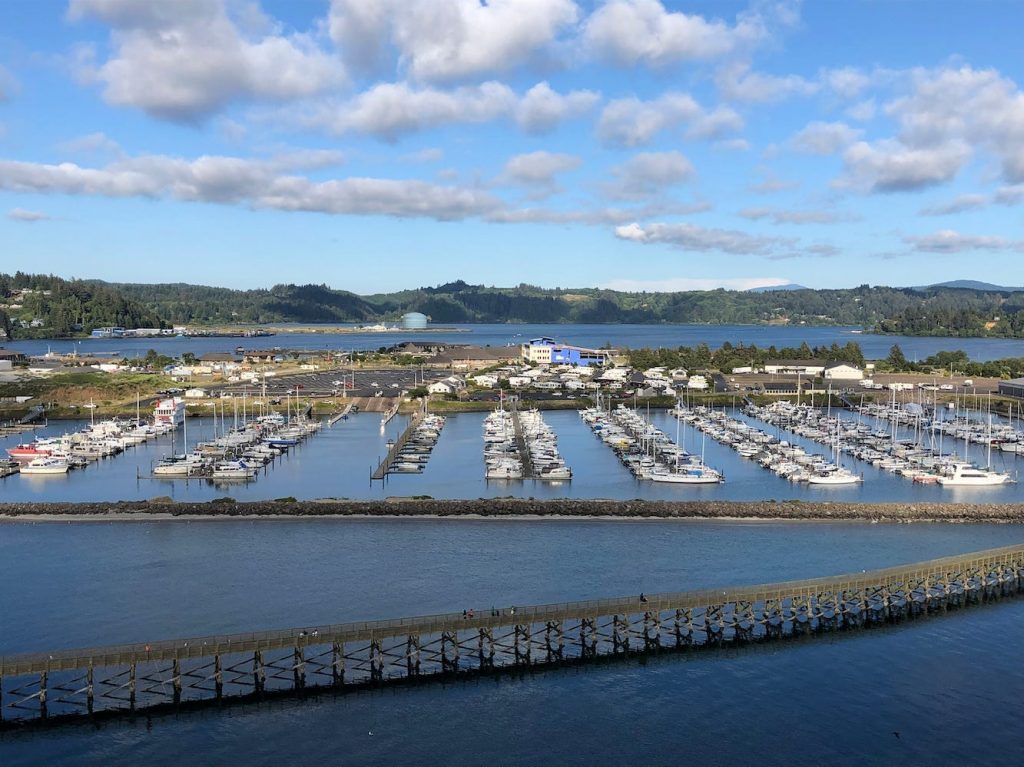
- More than 50 earthquakes were reported off the Oregon coast in fewer than 24 hours on Tuesday.
- A swarm of earthquakes isn't inherently dangerous, experts say.
- The strongest earthquake registered a 5.8 magnitude, but posed no tsunami risk, the NWS said.
A "swarm" of more than 50 earthquakes hit the waters off Oregon's coast in fewer than 24 hours, the National Weather Service in Eureka, California, reported late Tuesday night.
The strongest of those earthquakes registered a magnitude of 5.8, powerful enough to cause slight damage to buildings and other structures. But Tuesday's cluster of the earthquakes took place roughly 250 miles offshore, according to the US Geological Survey — too far out to be felt on land.
A swarm of earthquakes isn't inherently dangerous, experts say.
"This is not cause for alarm," Harold Tobin, director of the Pacific Northwest Seismic Network and professor of earth and space sciences at the University of Washington, told The Seattle Times.
"Such swarms are common," the NWS wrote on Twitter. "Thankfully, they mostly occur far from shore along strike-slip faults. This means there is NO tsunami risk because little water is displaced!"
Strike-slip faults are vertical fractures in the Earth, where rock masses slide alongside one another, compared to thrust faults, where rock masses dive underneath one another, and which typically produce more powerful earthquakes.
'Seismically active' Blanco Fracture Zone is no Cascadia
Tuesday's earthquakes took place west of Newport, Oregon, in an area known as the Blanco Fracture Zone, which has reported 49 earthquakes above a 4.5 magnitude over the past five years, according to the Associated Press.
"This is perhaps the most seismically active fault anywhere near North America," Tobin told The Seattle Times.
But despite its highly active reputation, the BFZ rarely produces destructive earthquakes.
The same can't be said of its neighbor, the Cascadia Subduction Zone, where the bulk of powerful earthquakes in the northwest have historically taken place, and which has the potential to generate a 9.0-magnitude earthquake, according to the Oregon Office of Emergency Management. Such an earthquake could result in a tsunami upward of 100 feet high that could hit the coast and dissipate as it moved inland.
According to FEMA projections, 13,000 people would die, and another 27,000 would be injured in a Cascadia earthquake and tsunami event, the New Yorker reported in 2015.
The chances of that happening in the next five decades: one in three.
But BFZ earthquakes are relatively unrelated to the looming threat Cascadia poses, experts say.
"The Blanco Fracture Zone is not connected directly to the subduction zone so it won't affect the big fault under land (Cascadia megathrust)," Eric Fielding, a geophysicist at NASA's Jet Propulsion Laboratory, wrote on Twitter.
"Not a concern as this is far from the Cascadia subduction zone," Fielding wrote, adding, "Five magnitude 5 quakes in an hour is impressive though."
